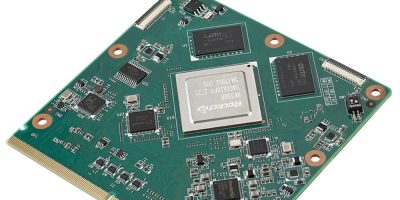Renesas Electronics Corporation has introduced Reality AI Explorer Tier, a free version of the Reality AI Tools software for developing AI and TinyML solutions in industrial, automotive and commercial applications.
The new Reality AI Explorer Tier provides users with free access to a comprehensive, self-guided evaluation sandbox. Qualified customers can now access the complete range of features in Reality AI Tools, including automated AI model construction, validation and deployment modules. Reality AI Explorer Tier includes a rich library of tutorials, application examples, and FAQs, access to the community forum and email support. Users can quickly get started with a simplified click-through end user agreement.
Reality AI Explorer Tier is designed to simplify the customer experience for evaluating the development environment for embedded real-time analytics. Users can explore a variety of pre-built AI applications, offering a practical way to experience the capabilities of Reality AI Tools without the need for extensive setup or support. Examples allow the user to leverage Renesas Kits such as AI Kits with sample datasets that span use cases across accelerometry/vibration analysis, audio classification, and motor control.
“As AIoT becomes increasingly important, many customers are showing keen interest and developing expertise in building AI applications at the edge and endpoint,” said Mohammed Dogar, Vice President and Head of Business Development and Ecosystem for Renesas. “Reality AI Explorer offers the opportunity to experience the full potential of a market-leading AI development environment without any up-front cost. We are confident that many customers will use this platform as a first step to creating production AIoT implementations.”
Reality AI Tools is now tightly integrated with Renesas compute products and supports all Renesas MCUs and MPUs natively with a built-in parts picker engine. Support for automatic context switching between Reality AI Tools and e2 studio is also in place.






